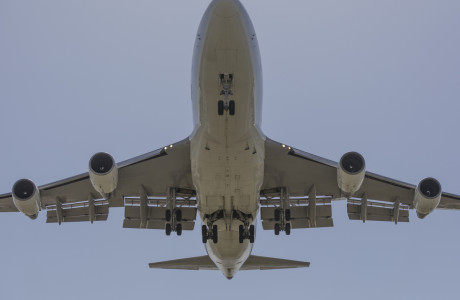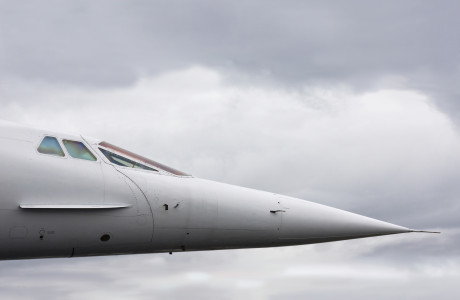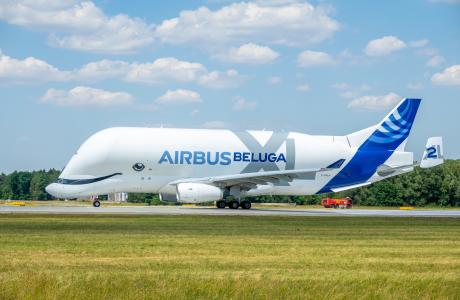
The Airbus Beluga Aircraft: When Whales Learn to Fly
They are undoubtedly among the most distinctive aircraft in the sky: the machines of the Airbus Beluga fleet. Particularly the newer Beluga XL models bear a strong resemblance to the namesake whale. However, to see them, you’ll need to check the Airbus Beluga XL flight schedule, as these aircraft are not frequently found at civilian airports. But where is the best chance to spot these Airbus transport aircraft? How many Beluga planes are there? What does Airbus use them for? And what does an Airbus Beluga look like from the inside? You’ll find the answers in this article.
Contents
The A300 Beluga
The Airbus A300-600ST, its full name, was developed in the early 1990s. ST stands for Super Transporter, though the nickname “Beluga” quickly took hold due to the aircraft’s distinctive shape and was adopted by Airbus.
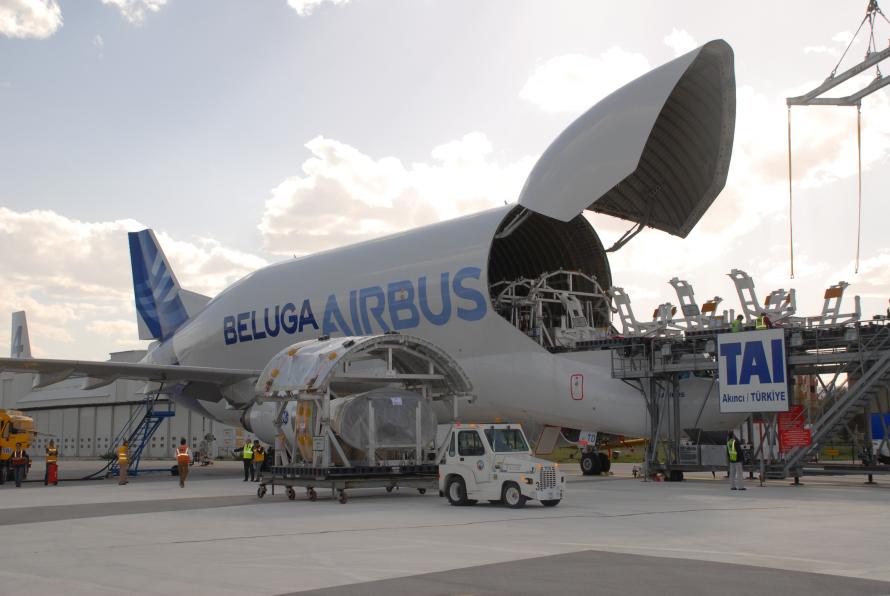
The model is based on the A300 passenger aircraft and is Airbus's first dedicated transport aircraft. The need for these machines arose from the company's distributed production sites. Initially, Airbus used Aero Spacelines' “Super Guppies,” but they eventually became insufficient. Consequently, Airbus developed the Beluga Super Transporter to ferry aircraft parts between its main plants in Toulouse and other European locations.
Construction of the series began in 1992, with its maiden flight on September 13, 1994. Since then, the aircraft has been heavily utilized: before the XL model was introduced, the Beluga STs logged around 10,000 flight hours per year.
Inside the Airbus Beluga
Unlike the conventional A300 aircraft, the Airbus Beluga cockpit is positioned on the forward lower deck. This design contributes to the characteristic hump that gives it its whale-like appearance. Loading is done through a hatch above the cockpit, and access to the cockpit itself is via a floor hatch with an integrated ladder.
Technical Specifications of the A300 Beluga
Length: 56.15 m
Height: 17.24 m
Wingspan: 44.48 m
Max Payload: 47 tons
Max Takeoff Weight: 155 tons
Cargo Volume: 1,231.4 m³
Engines: 2 x General Electric CF6
Cruising Speed: 780 km/h
Range: 4,075 km (fully loaded)
The A330 Beluga XL
In 2013, it became clear that the five original Beluga aircraft could no longer meet the transport demands of Airbus’s growing production. The fleet flew up to five times daily, six days a week. Transporting the wings for the A350 model was particularly challenging.
Therefore, Airbus explored several options, eventually deciding to modify the A330 type – the Airbus A330-743L. Initially, five aircraft were planned, but this was later increased to six. The first Beluga XL aircraft’s maiden flight took place on July 19, 2018, and the first entered service on January 9, 2020. All six aircraft are now operational.
As intended, the XL variant significantly improves transport capacity over the Airbus Beluga ST. Transporting parts for the A320 models is now three times faster, and for the A350 models, even nine times faster.
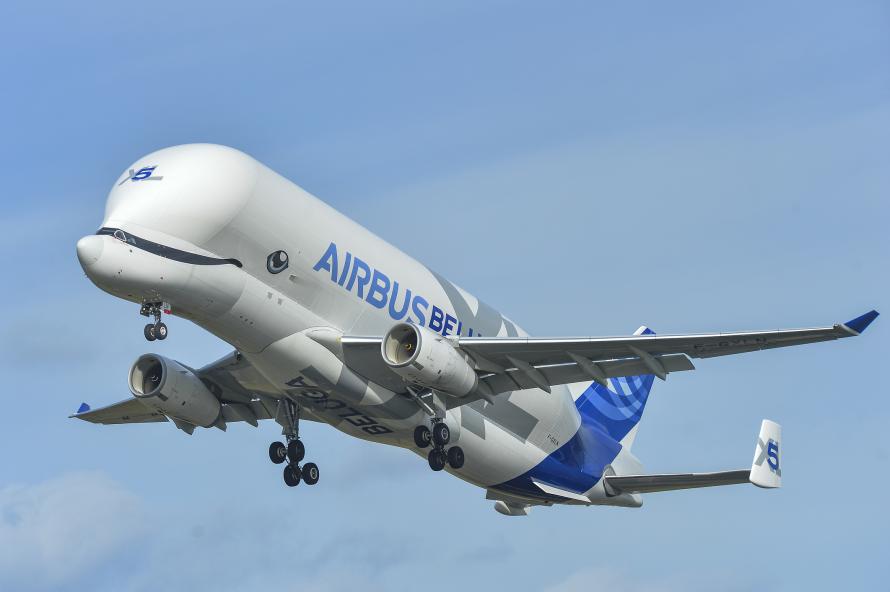
Airbus paid homage to the beloved nickname by painting the Beluga XL with a whale face, complete with black sections beside the cockpit as a mouth and painted eyes.
Inside the Airbus Beluga XL
Like the Beluga ST, the cockpit of the Airbus Beluga XL is located on the lower deck, with the loading hatch positioned above it. Particularly sensitive smaller cargo can also be stored here. In addition to a toilet, up to four additional passengers, such as couriers, can be accommodated alongside the regular crew of two pilots and a loadmaster.
Technical Specifications of the A330 Beluga XL
Length: 63.10 m
Height: 18.90 m
Wingspan: 60.30 m
Max Payload: 53 tons
Max Takeoff Weight: 227 tons
Cargo Volume: 2,209 m³
Engines: 2 x Rolls-Royce Trent 700
Cruising Speed: 737 km/h
Range: 4,300 km (fully loaded)
By the way: The Airbus Beluga XL is, in many ways, an example of a superlative model. In the passenger aircraft sector, Airbus is even represented by the largest model in existence – the Airbus A380.
The Airbus Beluga Fleet
There are currently eleven Beluga aircraft in total – five Beluga ST and six Beluga XL. However, the plan is for the Beluga ST to be completely replaced by the Beluga XL in the long term. Two of the STs are no longer part of the company’s active fleet, which now comprises nine aircraft.
Nevertheless, all ST aircraft are still operational, with an expected service life of another ten to twenty years (as of September 2024). While the main task of the Airbus Beluga fleet remains the transportation of aircraft parts between production sites, the company announced in 2022 that retired Beluga aircraft would also be available as a transport service for oversized cargo, meaning these whale-shaped aircraft are now also available to other clients.
The Airbus Beluga fleet is a major advantage for the company. While competitors like Boeing must use multiple aircraft or rail for parts produced at different locations, Airbus enjoys much simpler logistics. This allows for faster and more cost-effective production.
Where to See the Beluga Aircraft
The best places to spot Beluga aircraft are at Airbus’s own locations. You’re sure to see them at the main plants in Toulouse. In Germany, due to production facilities, the airports in Hamburg and Bremen are ideal spots to observe the distinctive Beluga planes. The ST models, increasingly used for Airbus Beluga transport services for other companies, are also becoming visible at other airports.
We hope you enjoy spotting the Airbus Beluga aircraft!

